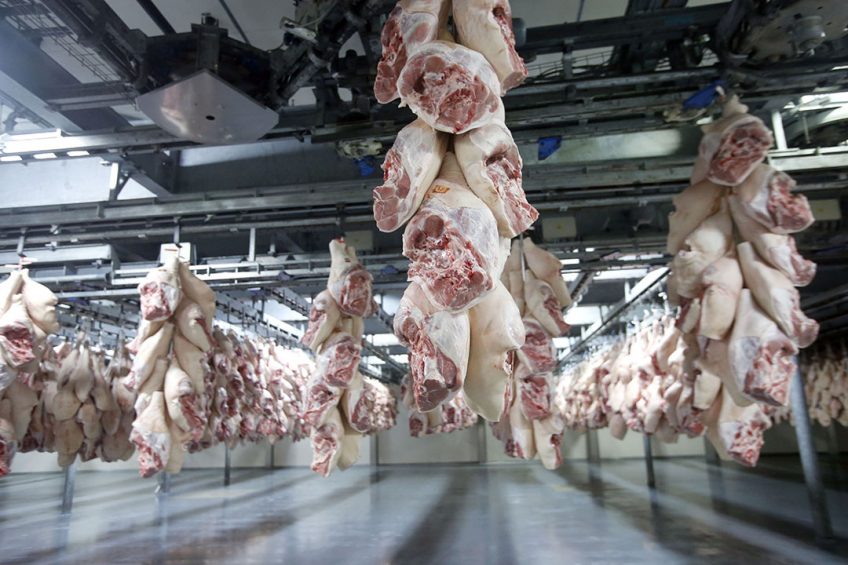Can North America profit from ASF in Germany?

With German pork exports now being barred from various markets including China due to the presence of African Swine Fever (ASF), are there opportunities for producers in North America to fill the void?
In a recent Reuters story, Justin Sherrard, an analyst with Rabobank, surmises that China’s pork imports from Germany will be replaced by imports from the US, Canada, Spain and Brazil. Joe Schuele with the US Meat Export Federation (USMEF) added that the US should be “well positioned to move more pork in the last 4 months of the year, whether it’s to China or to other markets.”
Filling opportunities left by German pork
However, Rachel Gantz, director of communication at the National Pork Producers Council (NPPC) in the US, said that whilst there may be an opportunity to fill voids left by German pork, it’s not possible right now to speculate on that.
As the top pork-exporting nation in the world, the US current export to over 100 nations. “US pork producers historically export about 25% of total US production, and a lot of what we export are pork cuts that are not readily consumed in the US,” Gantz noted. “The US market is a relatively mature pork consumption market and many of our growth opportunities are overseas, including developing nations that seek to add more nutritious protein to their diets.”
NPPC will continue to try and ensure that trade agreements allow for greater market opportunities for US pork. Markets in Vietnam, the Philippines, Thailand, Brazil, Ecuador, Indonesia, Jamaica and South Africa are currently completely closed or only minimally open to US pork exports.
Canada: Limited capacity to increase pork exports
However, despite Sherrard’s claim, Canada has limited capacity to increase exports to any market. “We don’t see our exports growing any more then what they are now since we are exporting all we can at the moment,” explained Gary Stordy, director of government & corporate affairs at Canadian Pork Council (CPC). “Our industry is not increasing the number of animals being raised and there’s no indication that producers plan to increase production.”
Stordy therefore confirmed that Canadian pork is not likely to take advantage of borders closing to German pork. “The global pork supply will adjust and we see Canadian pork flowing to where it is demanded,” he says.” It’s plausible that a number of other EU countries will increase their export volumes as the German industry ships its pork to other EU countries.”

Will Brazil profit from ASF presence in wild boar in Germany?
Distribution of Canadian pig meat export changed
A recent report from Statistics Canada explained that after Canadian exports to China were halted in later 2019, “the distribution of Canadian export partners changed… Exports to other smaller trading partners rose over 100% between the second and third quarters of 2019, while other major trading partners such as Japan, Mexico and the US all increased their imports of Canadian pork. Canadian pork producers offset some of their lost exports to China with increased exports to other international markets.”
A recent CPC Trade Report showed that year-to-date pork exports to China are 44% higher than last year. However, pork exports to China have recently been hampered because Maple Leaf Foods (which, along with Olymel, processes most of Canada’s pork) voluntarily suspended pork exports to that country in mid-August after a few dozen workers at one of its plants tested positive for Covid-19.
Canada’s pork exports to China/Hong Kong are minor, however, compared to exports to the US and Japan. A little Canadian pork is also exported to a few other countries in Asia, as well as Mexico, Australia and Cuba.











